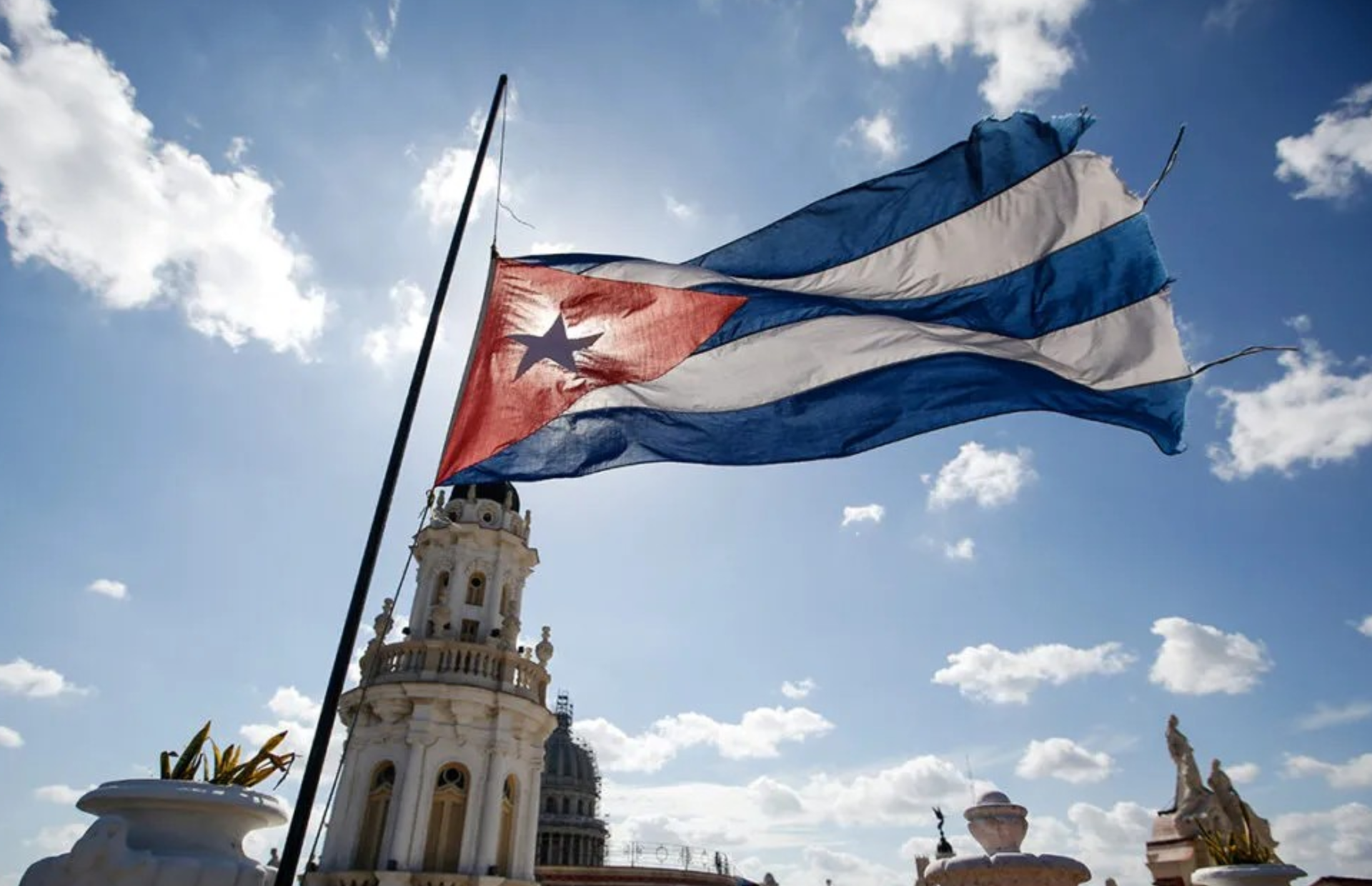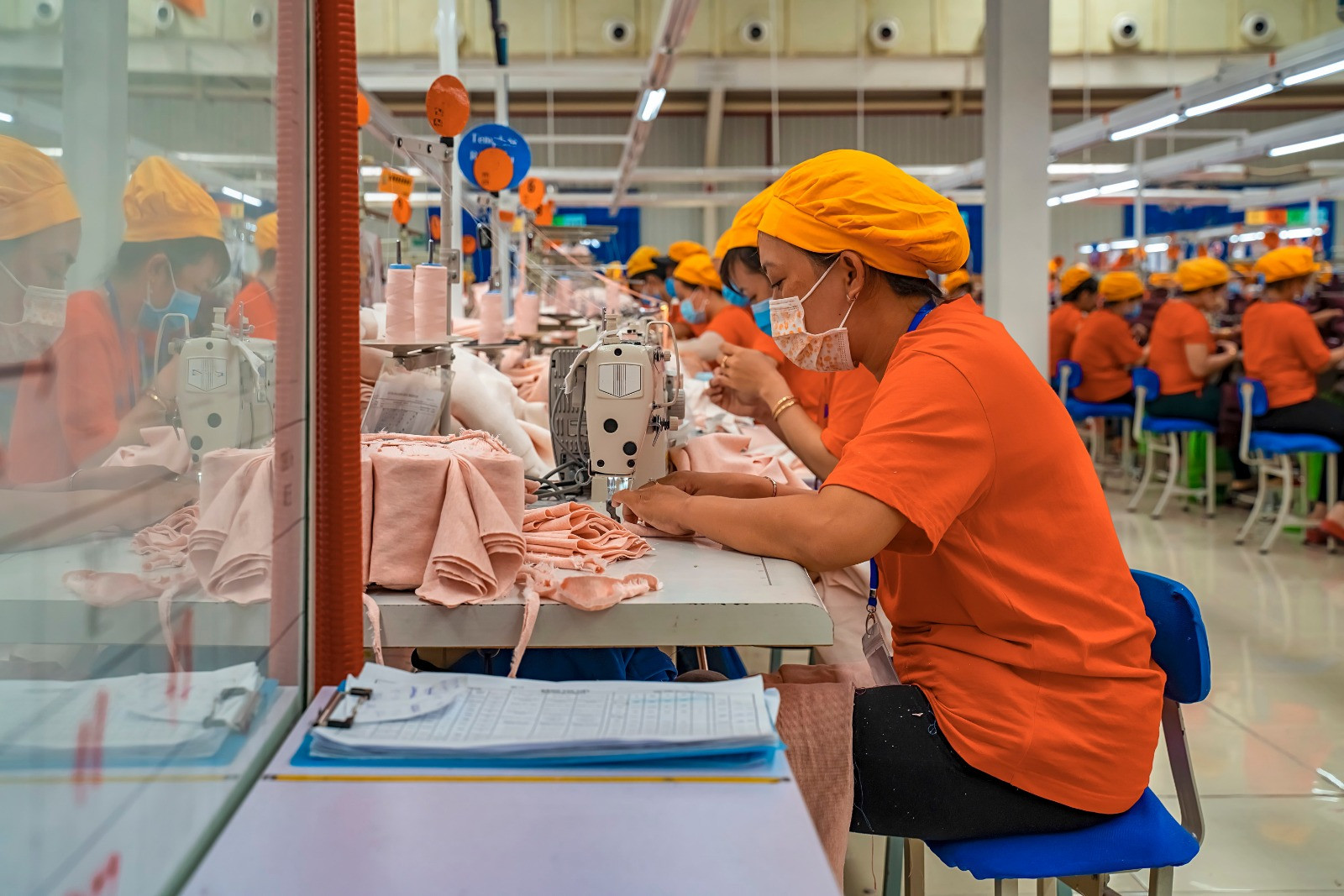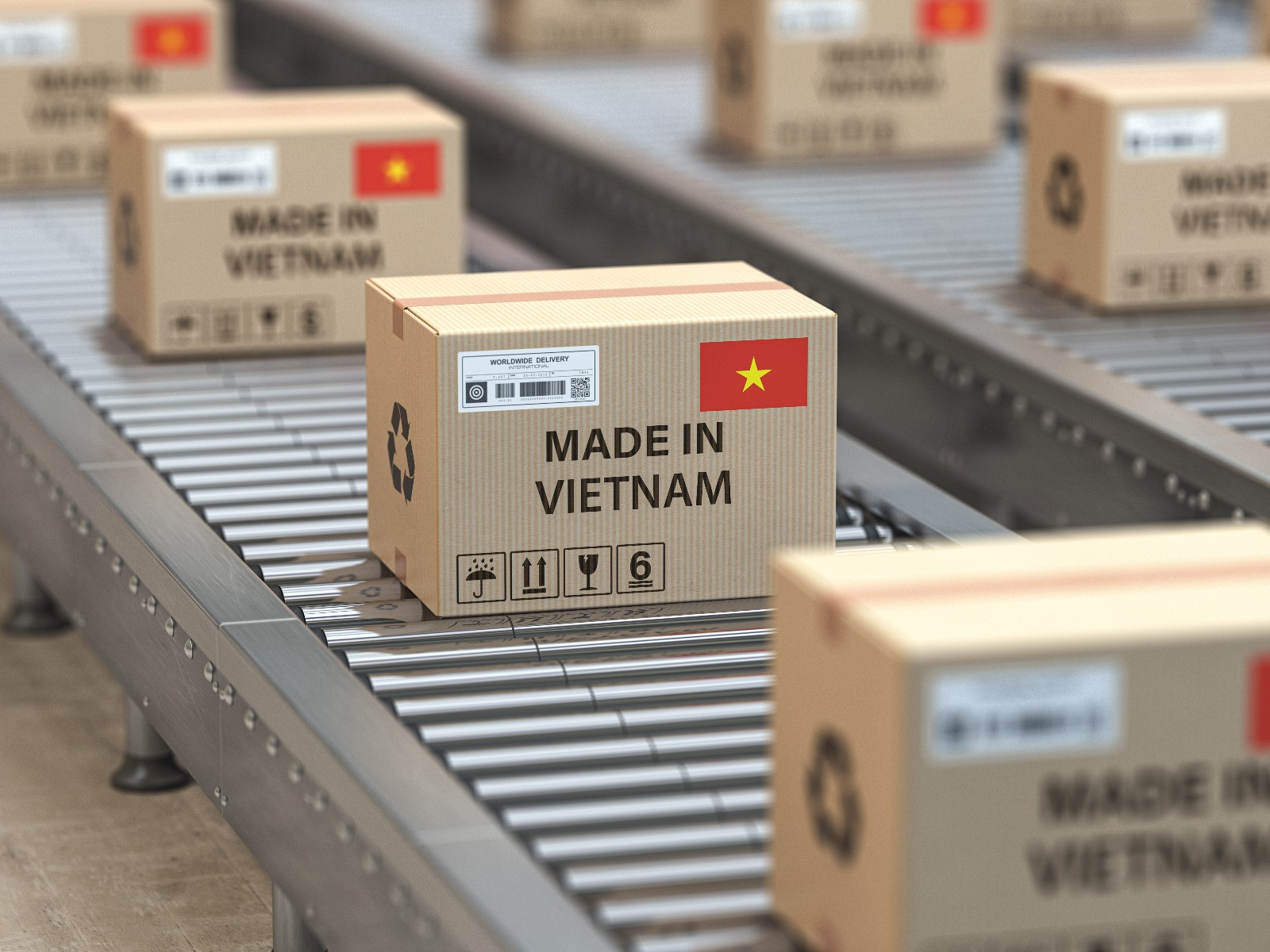The time to meet: Cuba faces the urgency of national consensus
Only national consensus, born of respect, reason, and shared responsibility, can reconcile Cuba with itself.

I. An all-encompassing crisis
Cuba is going through one of the most dramatic periods in its contemporary history. The current crisis is not only economic, but also institutional, social, cultural, and spiritual. It is a total crisis, in which the State seems to have run out of imagination, reflexes, and the ability to propose or react to the exhaustion of its own model.
Official responses are becoming increasingly formal, empty, and more detached from the concrete lives of citizens. Meanwhile, the problems—poverty, mass migration, hopelessness, and social disparity—are deepening.
The country faces a disturbing paradox: while the state clings to an order that no longer sustains national life, society seeks new ways of existing. But this scattered and fragmented search still lacks the articulate force to transform discontent into a project and need into transformation.
II. A reluctant and incapable State
Cuban political power has shown a dual nature: reluctance and inability. Reluctance to admit the magnitude of the crisis, and an inability to offer solutions commensurate with it.
Attempts at reform have been minimal, belated, or purely administrative. Spaces for dialogue, when they exist, are ceremonial. Real transformations—economic, legal, institutional—remain absent or are attempted with the fear of losing control.
But even authoritarian power needs some degree of legitimacy to sustain itself. And legitimacy in Cuba has been eroding, along with a growing sense of emptiness, directionlessness, and moral exhaustion. This loss is now the most significant symptom of the state's crisis.
The challenge, therefore, is not just about changing an economic model or replacing a leadership, but about rebuilding collective trust and hope. And that cannot be done by one state alone.
III. An opposition without real political weight
Faced with an exhausted state, the Cuban political opposition and sociopolitical activism are also failing to present themselves as an effective alternative. Most of their expressions—both inside and outside the country—suffer from the same problem: a lack of real political weight.
There is a lack of developed structures, solid networks, sustained strategies, material resources, and symbolic influence. Many groups operate in precarious conditions: without stable membership, without spaces for reflection, without media with sustained reach.
Even worse, some repeat the vices they criticize: the aspiration for unanimity, the disqualification of others, and ideological purity as a criterion. Thus, instead of building plurality, they reproduce the patterns of homogeneity that have corroded national political life.
In this context, attempts at unity often become battlefields. The country, however, needs something else: political maturity and a sense of common purpose.
IV. The political “habitat” of the agreement
Every agreement needs an environment in which it can emerge. That environment is not a table or a document, but an atmosphere of shared will.
When the environment is exhausted or fails to form, alliances dissolve like foam. In Cuba, this political "habitat" does not yet fully exist: society is disconnected from its potential representatives; the state is closed in on itself; the opposition lacks a language to rally around.
But the seed could emerge if an essential truth is accepted: no force, on its own, will be able to pull Cuba out of its crisis.
Only a genuine, responsible, and pluralistic process of national consensus can offer a lasting solution. This is not an imposed pact, but rather a path of political reconstruction in which each actor assumes their share of responsibility, rather than insisting on a share of power.
V. To agree is not to standardize
Authentic agreement does not seek uniformity, but rather coexistence. It does not imply surrender, but rather mutual recognition. Only when different forces recognize each other as equals and agree on a common agenda can a real pact emerge.
Cuba needs agreements based on substance, not obedience. Pacts that emerge from respect, not from new subordinations.
Cuban plurality—those living on the island and those living outside it—must learn to recognize each other. Exile, institutions, internal resistance, local communities, churches, universities, workers, youth: all are part of the same country, and all possess fragments of the solution.
VI. The potential political weight of Cuban society
Although Cuban society does not possess sufficient strength today to impose change, it does possess potential political clout that could become decisive if channeled realistically.
On the one hand, no transformation will be viable without citizen participation. On the other hand, the international community recognizes that dialogue with the Cuban state will only be meaningful if it opens up to its own society.
In this dual need—internal and external—lies a historic opportunity. If Cuban pluralism succeeds in articulating a shared national agenda, it could become a legitimate interlocutor before the world and a regenerative force within itself.
VII. Realism, time and effort
Transforming that potential into effective political power requires three ingredients: realism, time, and sustained effort.
Cuba needs an agreement on fundamental aspirations that are acceptable to all:
* Full guarantee of Human Rights —civil, political, economic, social and cultural—.
* A democratic and social state of law, with separation of powers and local autonomy.
* Equal opportunities and social inclusion.
* Efficient public institutions.
* Free economy with social responsibility.
* Centrality of work and labor dignity.
* Universal education and health.
* International relations based on cooperation, sovereignty and peace.
There's nothing unreasonable about this list. These are the civilizational minimums on which a national consensus could be built.
VIII. Pressure and negotiation: an inevitable balance
Every transformation combines two complementary forces: pressure and negotiation.
Pressure doesn't mean violence, but civic persistence, organization, and public presence. Without social pressure, no power voluntarily opens itself to change.
But negotiation is equally indispensable. Negotiation isn't giving in: it's turning moral strength into concrete results, into spaces for openness.
The balance lies in exerting enough pressure to make dialogue inevitable, and enough willingness to engage in dialogue so that the pressure does not turn into a fruitless rupture.
IX. The point of arrival: citizen sovereignty
The ultimate goal of national consensus must be to return sovereignty to the citizens.
Restoring sovereignty means allowing Cubans—all of them—to once again decide their destiny: to vote, associate, express themselves, and participate without fear or supervision.
To achieve this, it is necessary to initiate an orderly and responsible transition process that will lead to a new social pact, with laws that guarantee basic freedoms, release political prisoners, establish a functioning economic framework, and prepare for the convening of a Constituent Assembly.
None of this implies destroying, but rather rebuilding the Republic from its citizen base.
X. A legitimate promoting committee
Every process needs a starting point. A National Coordination Promotion Committee, composed of diverse and respected individuals and groups, could play that initial role.
Their task would not be to substitute, but to articulate, convene, listen, and build bridges. Their legitimacy would depend on their transparency and their public commitment to shared principles.
It's not about inventing new elites, but rather about weaving the minimum network that allows the country to recognize itself.
XI. The hour of responsibility
Cuba doesn't need lone heroes or prophets of doom. It needs political adults capable of viewing reality with serenity and a sense of history.
This generation cannot choose its circumstances, but it can choose its response. And that response must match the country's suffering and hope.
The time of dogmas is over. So is the time of slogans. The time of reconstruction, of shared words, of civic pacts, has begun.
XII. Closing: the time to meet
Perhaps Cuba's greatest challenge is not economic or institutional, but moral: to recognize ourselves as a nation again.
For too long, we have lived divided by labels, by fears, by internal and external exiles. But a country cannot survive fragmented between those who command and society, and simultaneously between those who resist and those who emigrate.
Only national consensus, born of respect, reason, and shared responsibility, can reconcile Cuba with itself.
It's not about asking for permission to exist, but about assuming the duty to rebuild. Every Cuban has something to contribute. Every gesture of dialogue contributes to the construction of a new legitimacy.
There will be no future if we continue to wait for others to define it, or if each person insists on having the last word.
Cuba's time is now: the time to meet, to reach agreement, to begin again.
Original Spanish text https://cubaproxima.org/el-tiempo-de-encontrarnos-cuba-ante-la-urgencia-de-una-concertacion-nacional
ABOUT THE AUTHORS
Roberto Veiga González
( 145 Articles published )
![OpenAI. (2025). Symbolic photograph of the Cuban and Vietnamese flags on a negotiating table [Image generated by artificial intelligence]. ChatGPT (version GPT-5). https://chat.openai.com/ On a polished wooden table, two small flags are placed side by side. On the left is the Cuban flag, with blue and white stripes and a red triangle with a white star. On the right is the Vietnamese flag, red with a large yellow star in the center. In front of each flag, there is a document with a pen, and further back, bottles and glasses of water. The atmosphere conveys formality and cooperation between the two countries.](https://horizontecubano.law.columbia.edu/sites/horizontecubano.law.columbia.edu/files/styles/cu_crop/public/content/Cuba%20Viet%20Nam_2.png?itok=m8XMQn3Y)





No comments:
Post a Comment